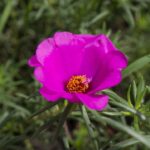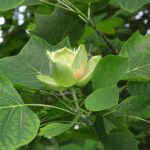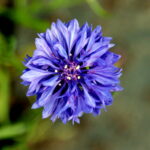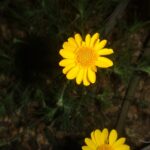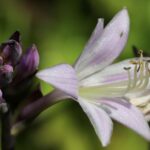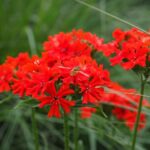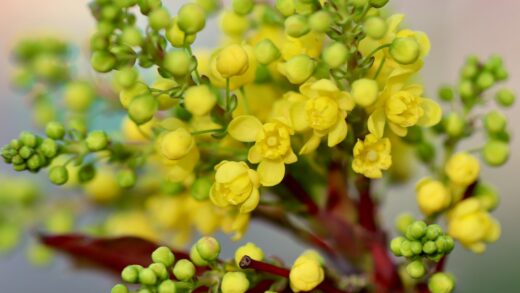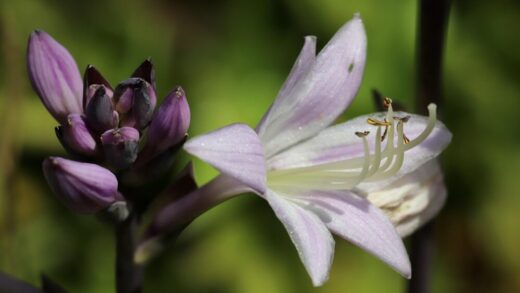Light requirements of the cornflower
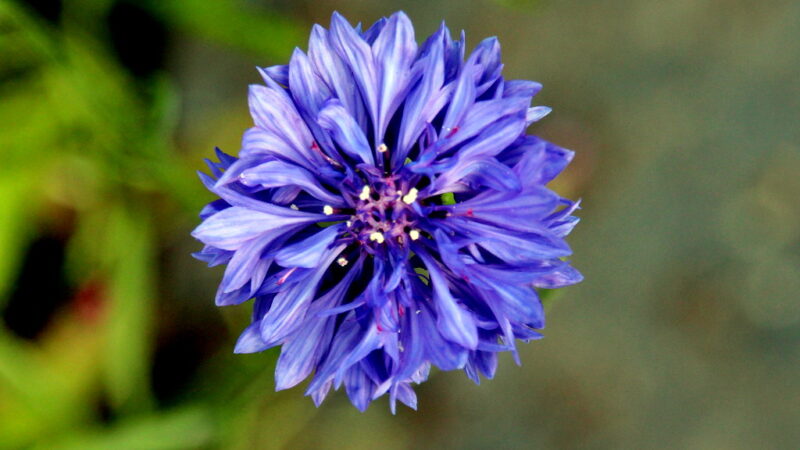
The provision of adequate sunlight is arguably the single most critical factor in the successful cultivation of cornflowers. These plants are true sun-lovers, a trait that is deeply ingrained in their genetic makeup from their origins as wildflowers of open fields and grain meadows. Their entire growth process, from germination to flowering, is optimized for high light conditions. Understanding and meeting these fundamental light requirements is essential for growing vigorous, healthy plants that produce an abundance of their famously vibrant blossoms.
Cornflowers demand a location that receives full sun, which is professionally defined as a minimum of six to eight hours of direct, unfiltered sunlight per day. This exposure is non-negotiable for achieving optimal plant performance. When grown in sufficient light, cornflowers develop strong, sturdy stems, lush foliage, and a profusion of flowers. The intensity of the flower color, particularly the iconic deep blue, is also significantly enhanced when the plants are bathed in bright sunlight for a substantial portion of the day.
In situations where cornflowers are planted in partial shade or receive less than the recommended six hours of direct sun, the consequences become readily apparent. The plants will exhibit classic signs of light deprivation. They will become etiolated, or “leggy,” as their stems stretch unnaturally towards the nearest light source. This results in weak, spindly plants that are often unable to support their own weight, causing them to flop over and creating a disheveled appearance in the garden bed.
Furthermore, a lack of adequate sunlight has a direct and significant negative impact on flowering. Plants grown in shady conditions will produce far fewer flower buds, and the blooms that do develop are often smaller and less intensely colored than those on their sun-drenched counterparts. In very shady locations, the plants may fail to flower altogether, producing only sparse foliage before they eventually decline. Therefore, careful site selection is the first and most important step in cornflower cultivation.
The impact of full sun
Full sun exposure plays a multifaceted role in the health and development of cornflowers. The energy captured from sunlight through the process of photosynthesis is the primary driver of all the plant’s metabolic functions. Sufficient light energy allows the plant to produce the carbohydrates necessary for building strong cell walls, developing an extensive root system, and, most importantly, initiating and sustaining flower production. Without this abundant energy source, the plant’s growth and reproductive capacity are severely compromised.
More articles on this topic
Beyond its role in photosynthesis, direct sunlight also helps to create a microenvironment around the plant that is less conducive to the development of common fungal diseases. The heat and light from the sun work to quickly dry moisture from the plant’s foliage after rain or morning dew. This is critical because fungal pathogens such as powdery mildew and rust thrive in damp, humid conditions. A sunny location promotes good air circulation and dry leaves, acting as a natural and highly effective disease preventative.
The quality of the light is also a factor. The unfiltered nature of direct sunlight provides the full spectrum of light wavelengths that plants utilize for various physiological processes. This contributes to a more natural and balanced growth pattern compared to the filtered or limited-spectrum light found in shady areas. The intensity of full sun ensures that the plant is never short of the energy it needs to perform at its peak, leading to a more robust and floriferous specimen.
It is important to note that in extremely hot climates, the intensity of the afternoon sun can sometimes cause temporary wilting, even in well-watered plants. This is a natural response to heat stress as the plant tries to conserve moisture. Typically, the plants will recover fully as temperatures cool in the evening. Providing consistent soil moisture can help mitigate this, but it does not change the plant’s fundamental requirement for at least six hours of direct sunlight.
Site selection considerations
The process of selecting the right planting site is a crucial strategic decision. Before sowing seeds or planting seedlings, it is essential to observe the proposed area throughout the day to accurately assess how much direct sunlight it receives. It is easy to misjudge the duration of sun exposure, as the position of shadows cast by trees, buildings, or other structures changes significantly as the sun moves across the sky. A location that appears sunny in the morning may be in deep shade by the afternoon.
More articles on this topic
The ideal location for cornflowers is an open area that is free from the overhanging branches of large trees or the shadow of nearby walls and fences. A south-facing or west-facing aspect is often the best choice in the northern hemisphere, as these positions typically receive the most prolonged and intense sunlight throughout the day. When planting cornflowers as part of a mixed border, it is important to place them where they will not be overshadowed by taller, more robust neighboring plants.
Consider the entire growing season when evaluating a site. The angle of the sun is lower in the sky during the spring and autumn compared to the peak of summer. This means that a location that receives full sun in June might receive significantly less in April or September. Since cornflowers have a long growing season, it is important to choose a spot that maintains good sun exposure from spring through to the first frosts of autumn.
If a garden lacks a location that provides the ideal six to eight hours of full sun, it is still possible to grow cornflowers, but expectations should be managed accordingly. A site that receives four to five hours of direct sun may still yield some flowers, although the plants will likely be taller and less prolific. Any location with less than four hours of direct sun is generally considered unsuitable for growing this particular species, and a more shade-tolerant plant should be chosen for that spot instead.
Fotó forrása: Flickr / Szerző: yrjö jyske / Licence: CC BY 2.0





